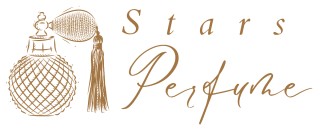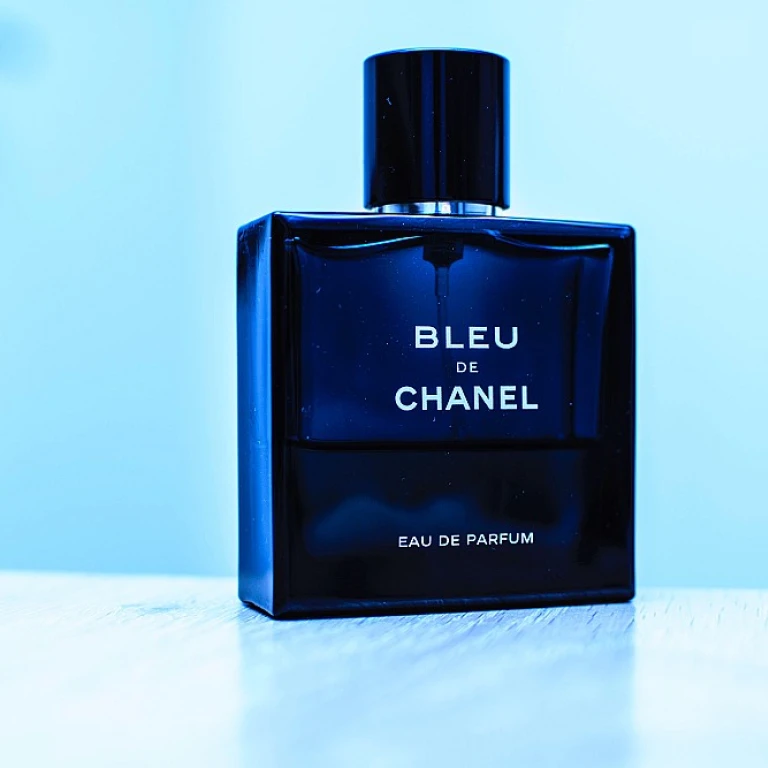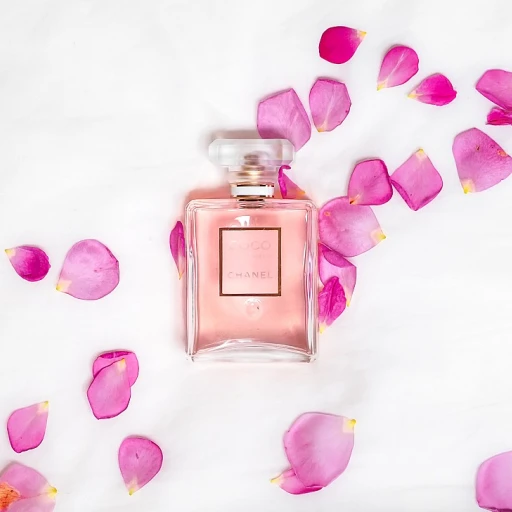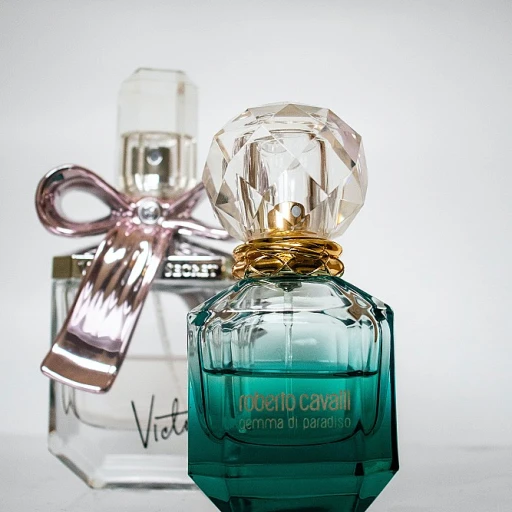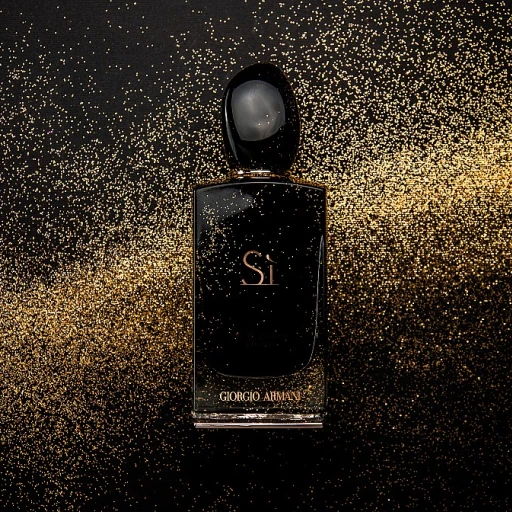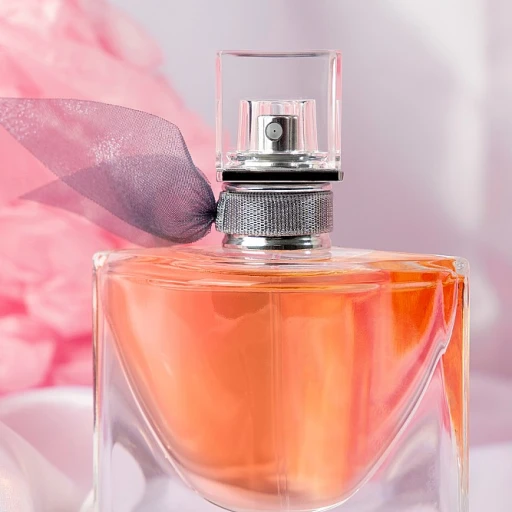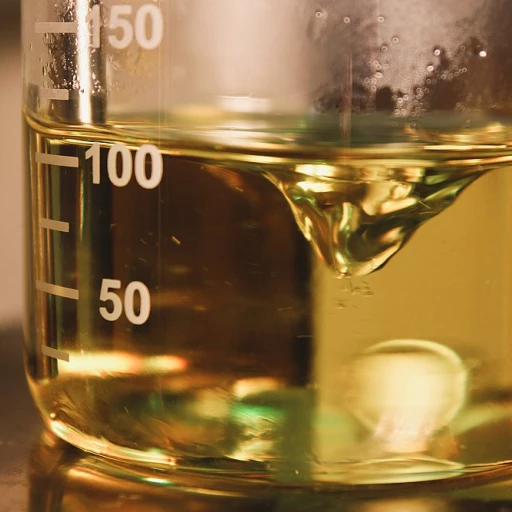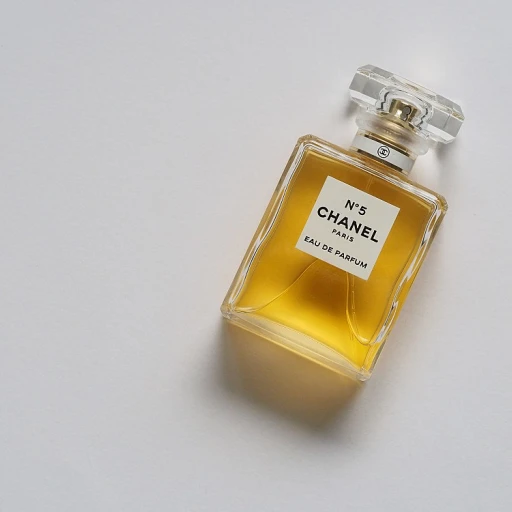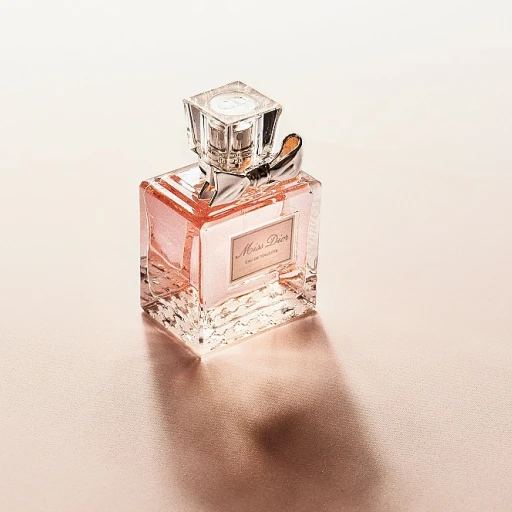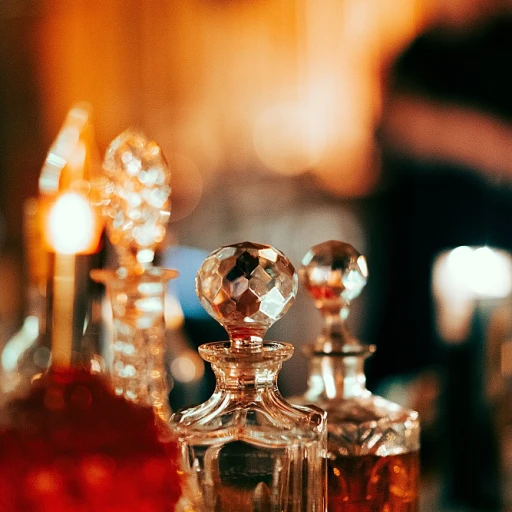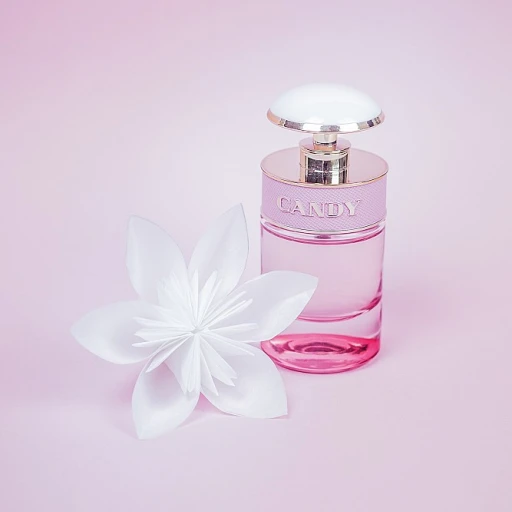
The Basics of Fragrance Concentrations
Decoding Fragrance Concentrations
Understanding fragrance concentrations is essential for any fragrance enthusiast keen on making informed choices when expanding their collection. At the core, these concentrations determine the intensity, longevity, and overall impact of a perfume or cologne. They are defined by the ratio of fragrant oils to an alcohol base.- Parfum Extrait: This is the crème de la crème of fragrance types, offering the highest fragrance oil concentration, usually between 20-30%. It's the most potent and long-lasting, perfect for those who desire a lingering scent throughout the day.
- Eau de Parfum: A popular choice, eau de parfum strikes a balance with a concentration of 15-20%. It provides a robust scent that lasts, making it suitable for both everyday wear and special occasions. We'll dive deeper into this versatile fragrance type later.
- Eau de Toilette: Slightly lighter, eau de toilette contains about 5-15% fragrance oils. It's ideal for those who prefer a subtler scent and is often considered a great daytime option.
- Eau de Cologne: Known for its refreshing and vibrant characteristics, eau de cologne has a lower concentration of 2-5%, ideal for a light, casual wear.
Eau de Parfum: A Closer Look
The Essence of Eau de Parfum
Eau de Parfum (EDP) stands as a beloved choice in the world of fragrances, offering a perfect balance between intensity and subtlety. With a fragrance concentration typically ranging from 15% to 20%, EDPs provide a rich and long-lasting scent experience. This higher concentration of fragrance oils ensures that the scent lingers on the skin for hours, making it a preferred option for those who desire a lasting impression.
Why Choose Eau de Parfum?
The allure of Eau de Parfum lies in its ability to capture the essence of a perfume's notes more vividly than lighter concentrations like Eau de Toilette or Eau de Cologne. The heart and base notes, which are crucial in defining a fragrance's character, are more pronounced in EDPs. This makes them ideal for evening wear or special occasions where a more profound scent is desired.
Price and Value
While Eau de Parfum generally comes with a higher price tag compared to other types like Eau de Toilette, the investment is often justified by its longevity and intensity. The cost reflects the quality and concentration of the ingredients used, offering a more luxurious experience. For those building a fragrance collection, EDPs are a valuable addition, providing a versatile option that can transition from day to night.
Exploring the Ingredients
The ingredients in Eau de Parfum play a significant role in its concentration and performance. High-quality fragrance oils, often derived from natural sources, contribute to the depth and complexity of the scent. Understanding the role of these ingredients can enhance your appreciation of EDPs. For a deeper dive into the essence of perfume ingredients, you can explore more about authentic perfume palettes.
Comparing Eau de Parfum with Other Fragrance Types
Unveiling the Unique Characteristics
Understanding the distinction between fragrance types goes beyond simply deciphering their names. It requires a deeper appreciation for the concentration and longevity that each type offers. Amongst these, Eau de Parfum stands out as a harmonious blend of intensity and elegance. Eau de Parfum typically contains a higher concentration of fragrance oils compared to its counterparts like Eau de Toilette or Eau de Cologne. This concentration allows it to deliver a scent that is both rich and enduring, but without overwhelming the senses. It maintains a perfect balance, offering a long-lasting aroma on the skin. Let’s break down the difference between some common fragrance types:- Eau de Parfum (EDP): Known for its significant concentration of fragrance oils, usually around 15-20%, it offers a scent that is long-lasting and has deeper, more intense notes. It's ideal for those who wish for their fragrance to linger throughout the day without the need for frequent reapplication.
- Eau de Toilette (EDT): With a lower concentration of oils, ranging from 5-15%, Eau de Toilette offers a lighter scent. It is ideal for daytime wear and offers a more delicate aroma that may need reapplying to maintain its freshness throughout extended wear.
- Eau de Cologne: Often with a concentration of 2-5% oils, it delivers a light and fresh fragrance profile. Eau de Cologne is typically used as a refreshing splash that is short-lived but invigorating.
- Parfum Extrait: This is at the higher end of concentration, with around 20-30% fragrance oils, resulting in a potent scent that requires only a small application to achieve long-lasting fragrance.
The Art of Choosing the Right Fragrance
Navigating the World of Fragrance Selection
Selecting the right fragrance can seem daunting, given the vast array of options available, from Eau de Parfum to Eau de Toilette. Understanding fragrance concentration is crucial in making an informed decision. Here’s a simplified approach to aid you in your olfactory journey:- Explore the Scent Profile: Begin by identifying the notes that appeal to you, be it floral, woody, or spicy. The fragrance concentrations in Eau de Parfum offer a richer scent profile, lingering longer on the skin compared to lighter forms like Eau de Toilette or Eau de Cologne.
- Consider Longevity and Occasion: If you're seeking long-lasting perfumes, opting for a higher concentration fragrance such as Parfum Extrait could be ideal. For daily wear, Eau de Cologne or Eau de Toilette might be more suitable, providing a subtle presence.
- Price and Performance: A higher concentration often correlates with a higher price, reflecting the quality and lasting power of the scent. Evaluate what suits your budget while ensuring you enjoy the fragrance's essence across different occasions.
- Test on Skin: Always test potential scents on your skin to see how different ingredients react with your body chemistry. The interaction between eau parfums and your skin can significantly influence the scent.
The Role of Ingredients in Fragrance Concentrations
The Impact of Ingredients on Fragrance Intensity
Understanding the role of ingredients is crucial in distinguishing the concentration of fragrances, like eau de parfum, toilette, and cologne. Ingredients not only define the scent's essence but also influence how long a fragrance lasts on the skin and its overall intensity.- Key Ingredients: High concentration fragrances, such as extrait parfum, typically contain a higher percentage of essential oils. These oils are responsible for the long-lasting nature and robust scent profile. Ingredients like amber, musk, and oud are commonly used to enhance the depth and longevity of a parfum extrait.
- Natural Versus Synthetic: The choice between natural and synthetic ingredients can greatly impact fragrance concentration. Natural ingredients often provide a richer, more complex scent, while synthetic ingredients offer consistency and longevity at a lower price. The balance between these determines the character and endurance of eau parfums and toilette parfum.
- The Role of Alcohol: The concentration of alcohol in a fragrance pairs with essential oils to affect evaporation rates. In higher concentration perfumes, like parfum eau, less alcohol is used, reducing evaporation and intensifying the fragrance.
Trends and Innovations in Fragrance Concentrations
Innovation and Trends in Fragrance Concentrations
The world of perfumes is continually evolving, with trends in fragrance concentrations reflecting the ever-changing preferences of scent lovers. In recent years, advancements in technology and shifts in consumer demand have given rise to several notable trends:- Sustainable Ingredients: There is a growing interest in using eco-friendly and sustainable ingredients within fragrance concentrations. As consumers become more environmentally conscious, they are drawn towards perfumes made from naturally-derived extracts and responsibly sourced raw materials.
- Niche Fragrances: Smaller, niche houses are gaining popularity, offering unique scent profiles and higher fragrance concentrations. Unlike mass-marketed options, these niche perfumes focus on creating distinctive experiences, often through higher concentration of fragrance oils and exclusive ingredients.
- Customization: Personalization is at the forefront, allowing consumers to create bespoke fragrances tailored to their unique personalities. From selecting specific notes to adjusting the concentration levels of an extrait parfum, customization offers a unique scent experience.
- Multi-Functional Products: The lines between products continue to blur, with innovations that combine utilities. Some perfumes now feature skin-nourishing properties, blending the allure of high concentration fragrances with skin-care benefits.
